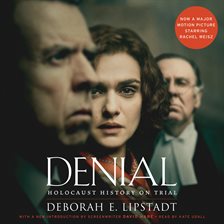In 1979, Congress designated the Days of Remembrance of the Victims of the Holocaust (DRVH), an annual 8-day commemoration with tributes and special educational programs to help us remember and learn lessons from the Holocaust. This year Days of Remembrance are between Sunday, April 4, and Sunday, April 11, coinciding with the Israeli observance of Yom HaShoah. The The U.S. Holocaust Memorial Museum leads the observances. The museum is offering a live virtual event on April 8, 2021, 11:00 a.m.–11:30 a.m. EDT.
What Was the Holocaust and Who Were The Victims?
In 1979, the President’s Commission on the Holocaust offered this definition:
The Holocaust was the systematic, bureaucratic annihilation of six million Jews by the Nazis and their collaborators as a central act of state during the Second World War…. It was a crime unique in the annals of human history, different not only in the quantity of violence—the sheer numbers killed—but in its manner and purpose as a mass criminal enterprise organized by the state against defenseless civilian populations. The decision to kill every Jew everywhere in Europe: the definition of Jew as target for death transcended all boundaries. …The concept of the annihilation of an entire people, as distinguished from their subjugation, was unprecedented; never before in human history had genocide been an all-pervasive government policy unaffected by territorial or economic advantage and unchecked by moral or religious constraints. …The entire apparatus of the German bureaucracy was marshaled in the service of the extermination process. [https://en.wikipedia.org/wiki/Days_of_Remembrance_of_the_Victims_of_the_Holocaust#:~:text=A%20House%20Joint%20resolution%201014,at%20least%20one%20ethnically%20segregated]
From 1933 to 1945, Germany ruled by Adolf Hitler and the Nazi Party, systematically murdered Europe’s Jews, seen as a “mortal threat” to the German “race.” This genocide is now identified as the Holocaust. In fact, the Nazis and their agents killed six million Jews.
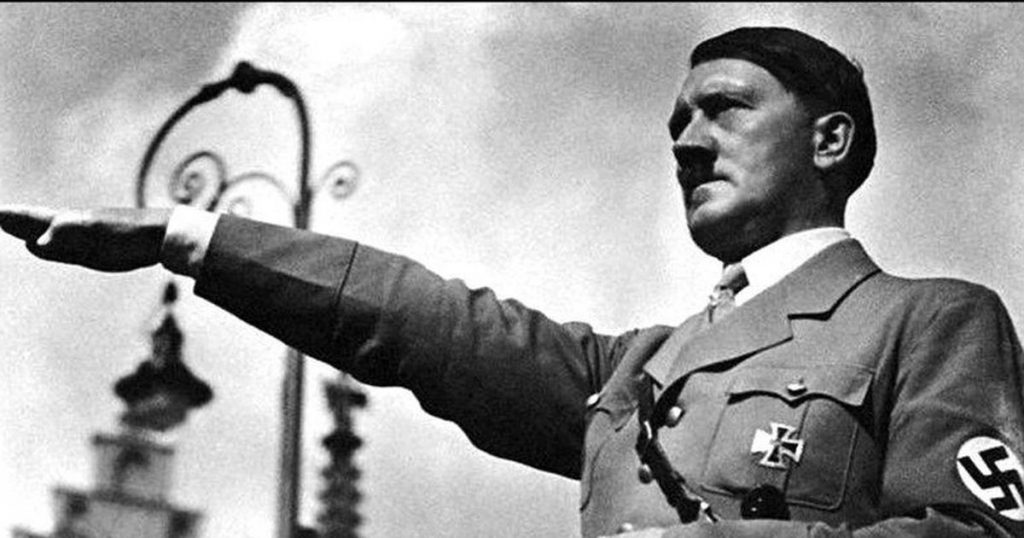
Judaism is a religion as well as a nation and culture…Jews come in all shapes, sizes, ethnicities, and nationalities….The practices and beliefs held by Jews range from those who openly identify as Orthodox and strictly observe ancient precepts to those that have nothing to do with the religion or culture. [Rebecca Weiner, “Who Is a Jew?”, https://www.jewishvirtuallibrary.org/who-is-a-jew] Click this You Tube link for more information: https://youtu.be/bPM7i8MFNN0.
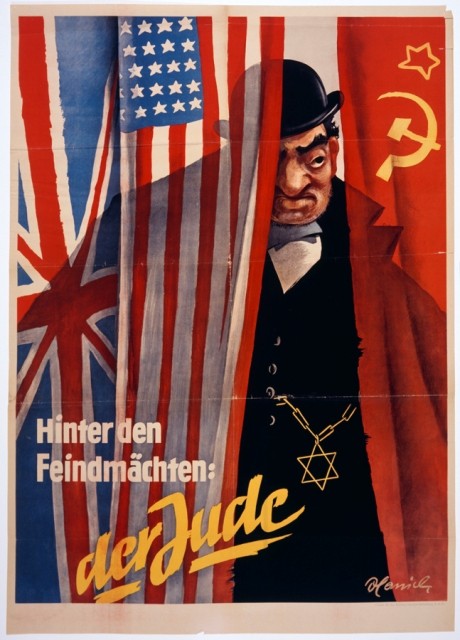
A fundamental part of Nazi ideology was to specify the enemy and those who were threated the purported “Aryan” race. “In the late nineteenth and early twentieth century, some scholars and others transformed the Aryans into a mythical ‘race’ that they claimed was superior to other races. The Nazis fostered this false claim, exalting the German people as part of the ‘Aryan race,’ while vilifying Jews, Black people, and Gypsies. Nazi propaganda was important in supporting the “national community” myth and defining who should be eliminated. The Nazis thought Jews were the principal enemy. https://www.ushmm.org/propaganda/themes/defining-the-enemy/
Nazi propaganda was important in supporting the “national community” myth and defining who should be eliminated. The Nazis thought Jews were the principal enemy. https://www.ushmm.org/propaganda/themes/defining-the-enemy/
In the 1930s, this meant the forced emigration of Jews from Germany and annexed Austria.” World War II was a catalyst for these beliefs. As the Germans advanced and occupied countries, Jews under Germany control grew into the millions. Anti-Jewish dogma equated to “mass murder, then systematic genocide. Not only German Jews, but all Jewish men, women, and children who came within Nazi Germany’s reach were systematically targeted for murder. This measure was referred to as the ‘Final Solution to the Jewish Question in Europe.’”
Jewish victims included the rich, poor, “religiously orthodox or secular,” and represented a range of political beliefs. The Nazis “classified Jews on the basis of their ‘blood’ or alleged ‘race.’ They were not targeted simply by their religion. So, Protestants and Catholics whose parents or grandparents were Jews also became victims of Nazi persecution and genocide.” [https://encyclopedia.ushmm.org/content/en/article/mosaic-of-victims-an-overview]
The Nazis also subjected and killed millions of other people viewed as racially, politically, or socially unfit. Among them were 250,000 to 500,000 Gypsies who the Nazis thought were racially “inferior” with criminal habits. About 250,000 Germans with mental and physical disabilities were killed as part of the Euthanasia Program.
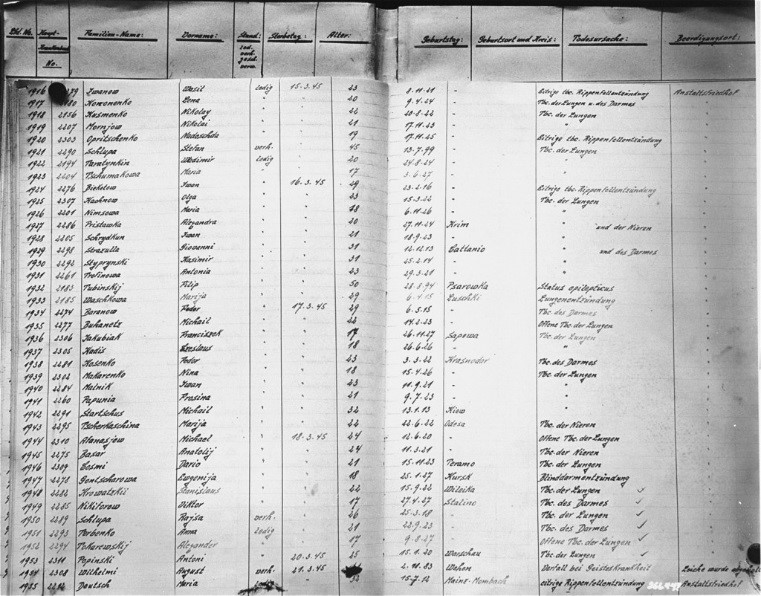
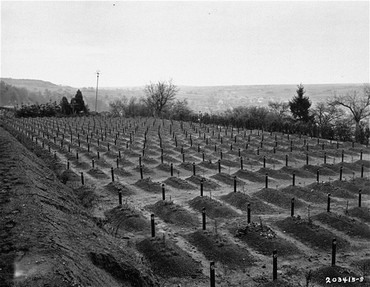
Poles were victims too. They were seen as ‘“subhuman Slavs’[and]…suffered a brutal German occupation. Tens of thousands of members of the Polish elites were killed or imprisoned as potential leaders of the Polish resistance.”
The Nazis considered captured Soviet soldiers also to be ‘“subhuman’ Slavs, connected to the ‘Judeo-Bolshevik threat.’” Consequently, 3.3 million Soviet soldiers were either executed or died from starvation and abuse.
Other targeted groups included actual and mistrusted political opponents; Jehovah’s Witnesses; men accused of homosexuality and people categorized as “asocial” – the unemployed, homeless, welfare recipients, prostitutes, beggars, alcoholics, and drug addicts. They were among the hundreds of thousands of victims imprisoned in concentration camps who were murdered or died from starvation, disease, overwork and maltreatment.
[https://encyclopedia.ushmm.org/content/en/article/mosaic-of-victims-an-overview]
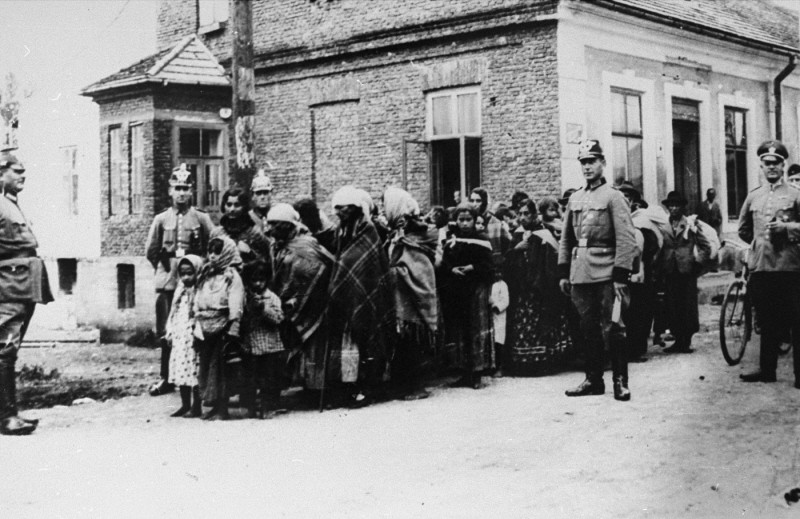
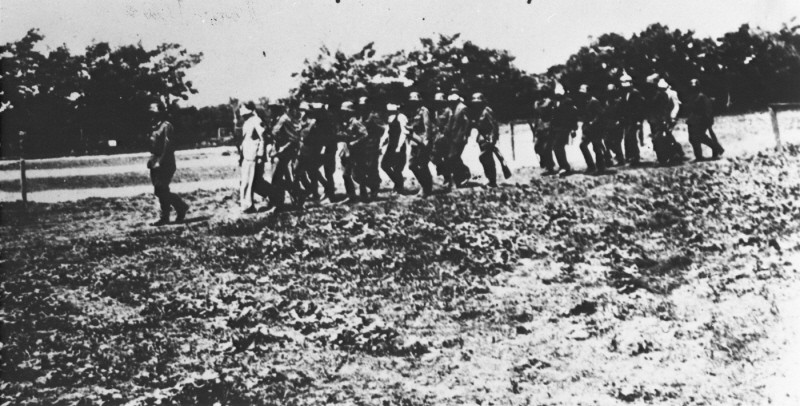
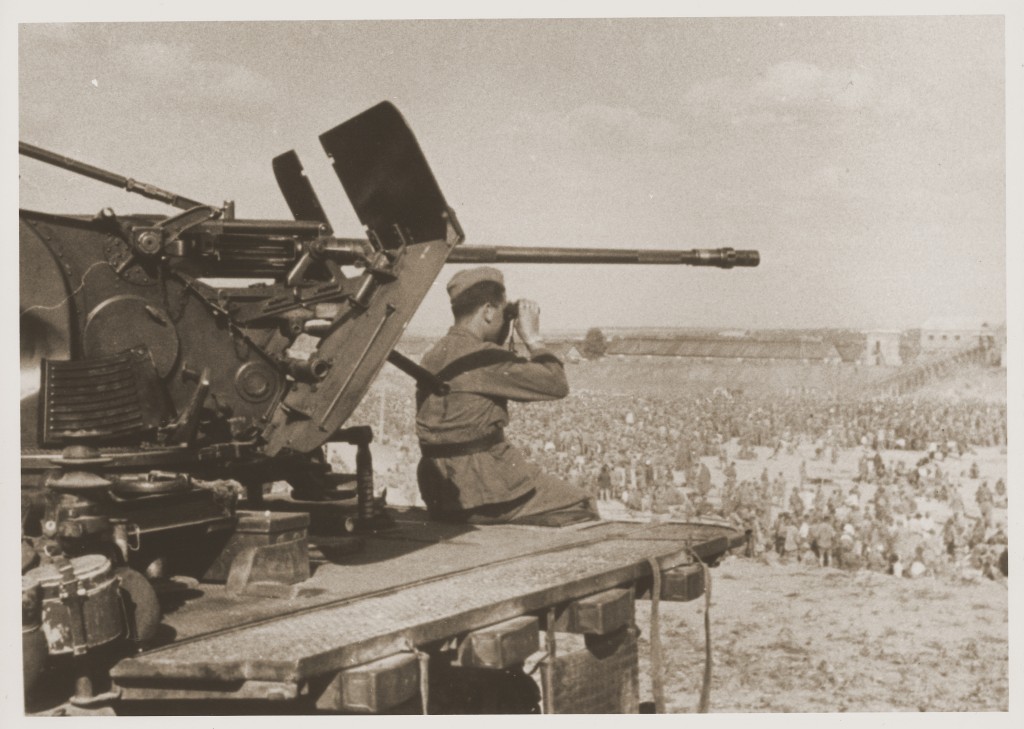
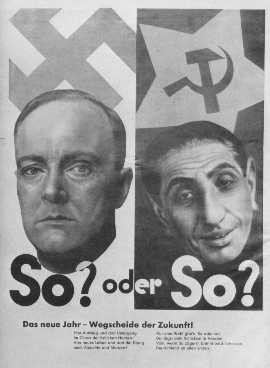
Robert Hunt Library
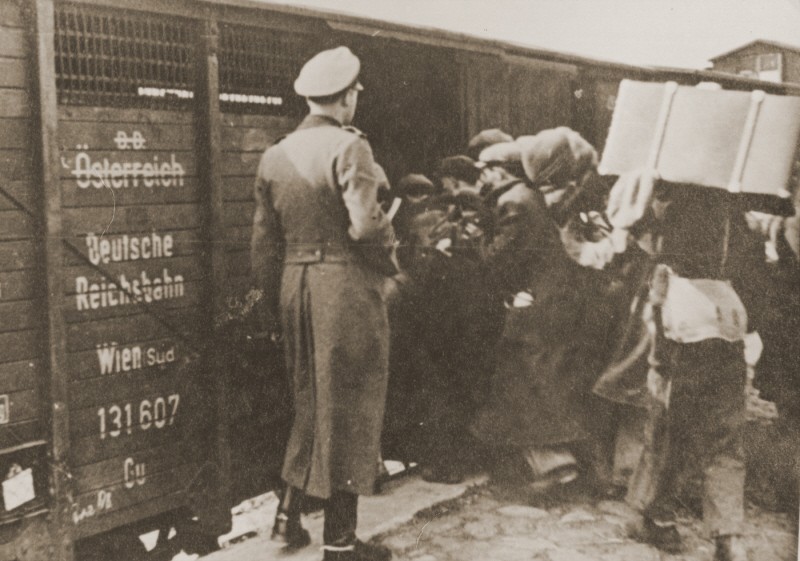
YIVO Institute for Jewish Research, New York
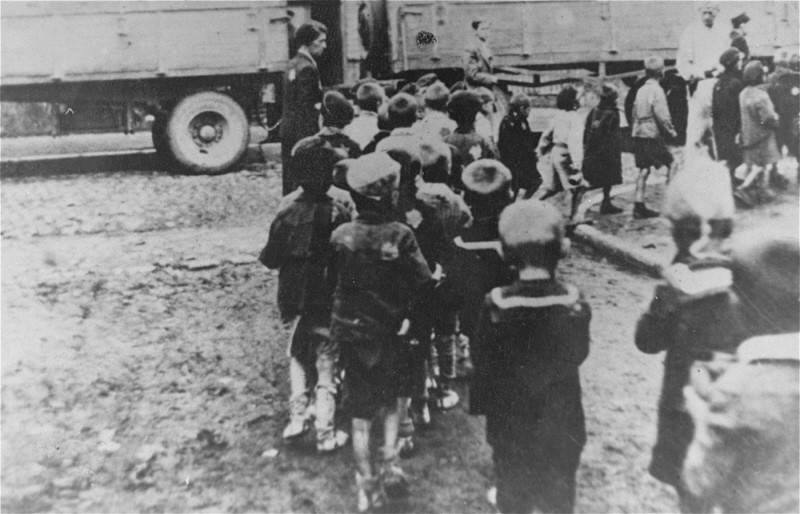
US Holocaust Memorial Museum, courtesy of Jacob Igra
Franz Wohlfaht’s family were Jehovah’s Witnesses in Austria. Germany annexed that country in 1938. After World War II started, Franz’s father was executed since as a Witness, he opposed war. In 1940, Franz snubbed participation in military training. He even refused to salute the Nazi flag. Franz was incarcerated, grilled by the Gestapo (German Secret State Police) in Graz, and condemned to five years of hard labor in a camp in Germany. In 1945, American forces liberated him. To hear his story click on this link from the U.S. Holocaust Memorial Museum Collection:
https://collections.ushmm.org/search/catalog/irn504751
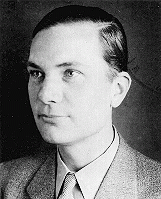
The Nazis thought homosexuals like Friedrich-Paul Von Groszheim were socially ‘“deviant’” and “a danger to Nazi policies aimed at raising the German birthrate.” In January 1937 he was arrested and jailed for 10 months. “In 1938 he was re-arrested, humiliated, and tortured. The Nazis finally released him, but only on the condition that he agree to be castrated. Friedrich-Paul submitted to the operation.” [https://encyclopedia.ushmm.org/content/en/id-card/friedrich-paul-von-groszheim?parent=en%2F4631] From 1933 to 1945, approximately 100,000 men were arrested in Germany. Of the 50,000 men sentenced, 5,000 to 15,000 were incarcerated in concentration camps. Hundreds, feasibly thousands, perished from cruel treatment.
Explore a museum Power Point presentation: https://www.ushmm.org/m/pdfs/20141010-dor-posterset-americanresponses.pdf and/or video https://youtu.be/EMTPAE53PqE.
The Nazi established various detention places. Among them were concentration camps to hold “civilians seen as real or perceived ‘enemies of the Reich.’” In forced-labor camps, the Nazis cruelly used the labor of prisoners for economic gain and to meet labor shortages. Prisoners had inadequate equipment, clothing, nourishment and rest. Transit camps operated as temporary holding facilities for Jews waiting to be deported. Usually these camps were “the last stop before deportations to a killing center.” Prisoner-of-war camps held Allied prisoners of war to include Poles and Soviet soldiers.
Nazis created the killing centers “primarily or exclusively for the assembly-line style murder of large numbers of people immediately upon arrival to the site. There were 5 killing centers for the murder primarily of Jews. The term is also used to describe “euthanasia” sites for the murder of disabled patients.” To implement the “Final Solution,” the Nazis created killing centers in German-annexed and occupied Poland. Chelmno, established in December 1941, as the first killing center. In 1942, the Nazis established the Belzec, Sobibor, and Treblinka killing centers. The largest killing center was Auschwitz-Birkenau.
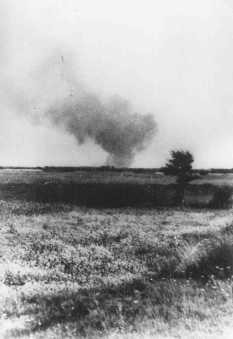
Distant view of smoke from the Treblinka killing center, set on fire by prisoners during a revolt. This scene was photographed by a railway worker. Treblinka, Poland, August 2, 1943. (Bildarchiv Preussischer Kulturbesitz)
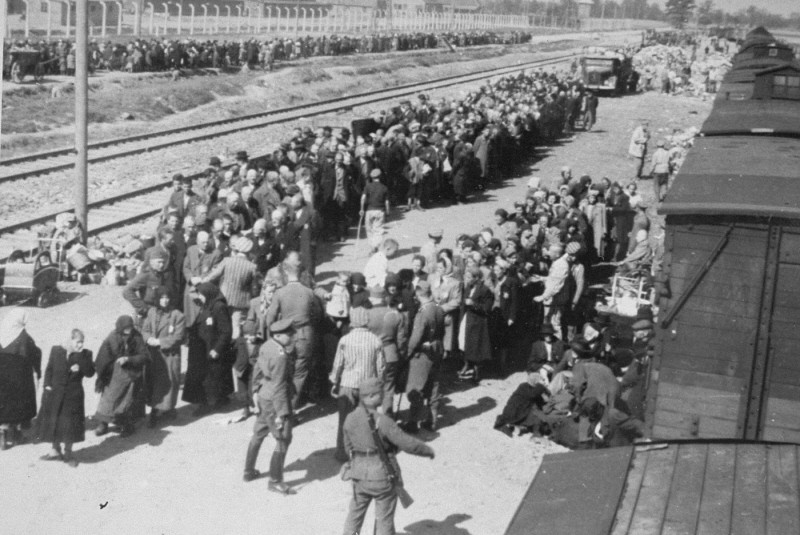
The Allied victory ended World War II, but Nazi Germany and its “collaborators” had ended the lives of millions and devastated innumerable lives. https://www.ushmm.org/learn/timeline-of-events/after-1945
Memory is what shapes us. Memory is what teaches us. We must understand that’s where our redemption is. Estelle Laughlin, Holocaust Survivor
A strong man came to power in Germany whose ideas were that Germany has to create a national community, which would include only the Aryan race, which he considered superior, and all the people who did not belong to the Aryan race could be eliminated. With planning and propaganda, he was able to convince most of the German people to go along with him, insensitive to what happened to the Jews who had basically been their former neighbors. And he managed to build concentration camps and killing centers and finally gas chambers to annihilate six million Jews and at the same time also millions of others, murdered in a systematic, government-sponsored way. Margit Meissner, Holocaust Survivor:
The Department of Defense emphasizes events should remember the dreadfulness of the Holocaust, lessons learned and “a rejection of all forms of discrimination, prejudice, bigotry, and hatred:
The Holocaust was an event contemporaneous in large part with World War II—but separate from it. In fact, the Final Solution often took precedence over the war effort—as trains, personnel, and material needed at the front were not allowed to be diverted from death camp assignments. On a very basic level, therefore, the Holocaust must be confronted in terms of the specific evil of anti-Semitism—virulent hatred of the Jewish people and the Jewish faith. An immediate response to the Holocaust must be a commitment to combat prejudice wherever it might exist.
Remembering Their Names
The U.S. Holocaust Memorial Museum is above all else a memorial. “Our responsibility—and yours—to keep victims’ memory alive is never more important than during Days of Remembrance….Join in the sacred tradition of memorializing individuals murdered during the Holocaust.” When the museum is open visitors read in the Hall of Remembrance some of the names from the millions Nazi Germany and its agents murdered between 1939 and 1945. One name would be Jewish merchant Heinrich Baehr who had a dry good business in a small town in the Rhine River valley. He and his family were deported to several detention camps in southern France. In September 1942, Heinrich, his wife and his daughter were deported to Auschwitz, where they died.
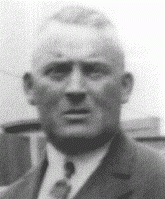
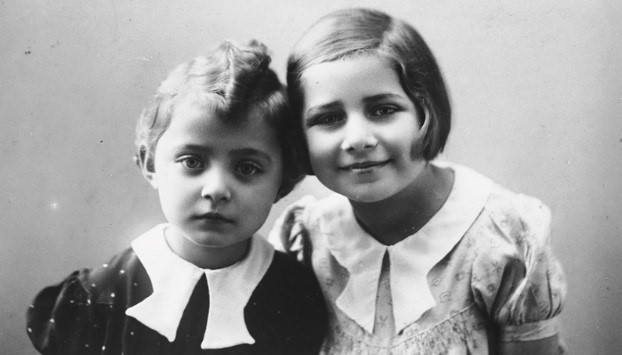
The Pandemic makes reading their names at the closed museum impossible. But, we all can stop and take some time “Reading aloud the names of Holocaust victims [which] helps ensure they are not forgotten. We must raise our voices because theirs were silenced.”
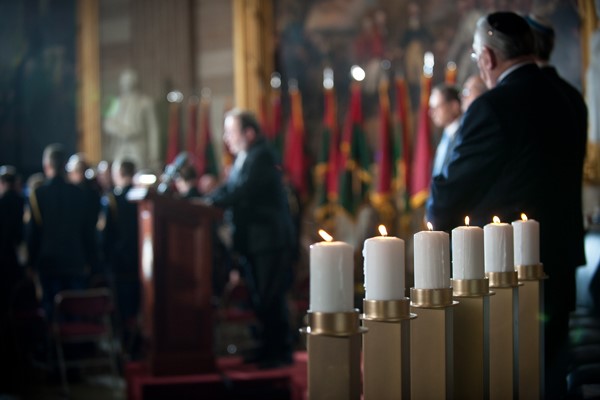
Lessons Learned
From the Holocaust, we begin to understand the dangers of all forms of discrimination, prejudice, and bigotry; hatreds which, in their extreme forms, can lead to mass slaughter and genocide—and, on the personal level, can endanger our ethical being.
From the Holocaust, we can learn the way evil can be commonplace and acceptable—so that no one takes a stand until it is too late.
From the Holocaust we can examine humans as victims and executioners, oppressors and liberators, collaborators and bystanders, rescuers, and witnesses.
From the Holocaust, we are reminded that humans can exhibit both depravity and heroism. The victims of Nazi persecution demonstrated tremendous spiritual fortitude and resistance. There was also the physical and spiritual heroism of those who risked their lives to save others.
From the Holocaust, we must remember the depths to which humanity might sink; but then we must remember, as well, the heights to which we might aspire.
[https://www.ushmm.org/learn]
Listen to a survivor’s lessons at https://youtu.be/6AoiznPc0ks.
Confronting Holocaust Denial
In the face of misinformation about the Holocaust, the dwindling number of survivors and fading memories, and even denying the Holocaust ever happened, it is more important than ever To Remember. This three-minute video explains Holocaust denial and the different forms it takes. https://youtu.be/BtfR31PGZVA
Please join the Law Library for a Lunch and Learn on April 12 at noon via Zoom for “Holocaust Denial”, Social Justice Discussion of Denial. For details and to register, go to https://rvalibrary.libcal.com/event/7647134
